Vermeer Audio TWO
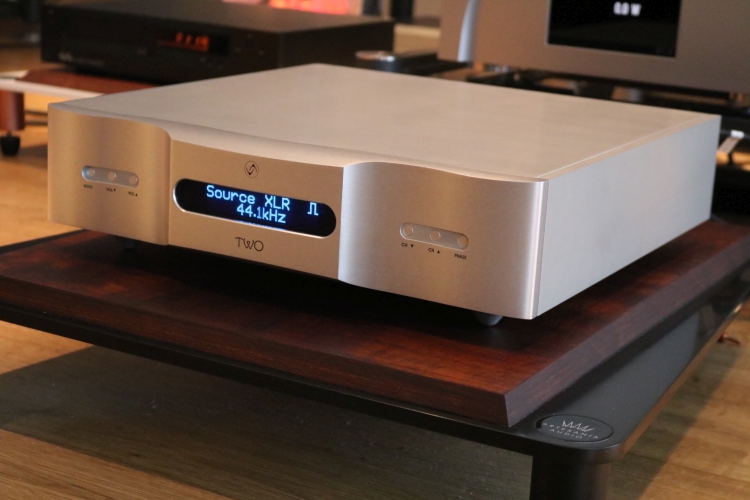
Review organized by Marc Loubeau / Prestige Audio Diffusion
Review sample provided by Vermeer Audio
Retail price including VAT: 24.990 Euro
Vermeer Audio
Vermeer Audio is a relatively new French company that was started by a group of technicians and passionate investors that have roots in another famous French company, Audio Aero. After being founded by the original owner in 1997, Audio Aero was owned by a family from 2005 to 2013. Bruno Ginard, a passionate audiophile since the end of the ’70s and a friend of the new owner, became a partner and stockholder of the company in 2006. In 2010, Bruno’s wife, Sabine, joined the company for the back office job. Bruno was involved in the development of the flagship “LaSource” and a couple of years later the “LaFontaine”. When Audio Aero went into bankruptcy, Bruno and Sabine found it impossible to abandon the fantastic products with which they had spent so much time and so, with the help of Audiophile friends, they decided to buy the rights and all the patented technology. Eventually, while working on the development of an exciting new product, it was decided to create a new company to further the development of what would become the “TWO”.
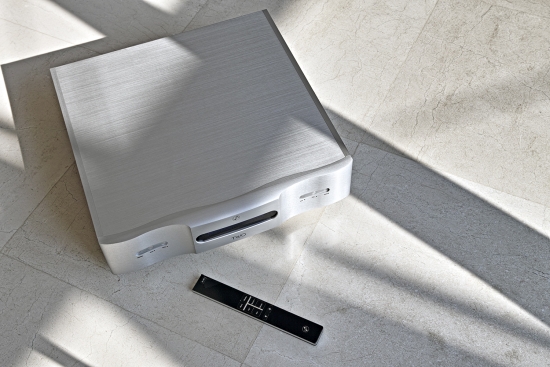
But what to call this new company? While pondering the options, the idea was to find a simple name that was synonymous with quality and art. George, an audiophile for 40 years and one of the partners and Golden Ears of the company, is also an art and painting restorer, specialized in the Dutch School. He proposed to call the company “Vermeer Audio” because Vermeer was the most representative painter of the Dutch School. And thus, the new company name was born.
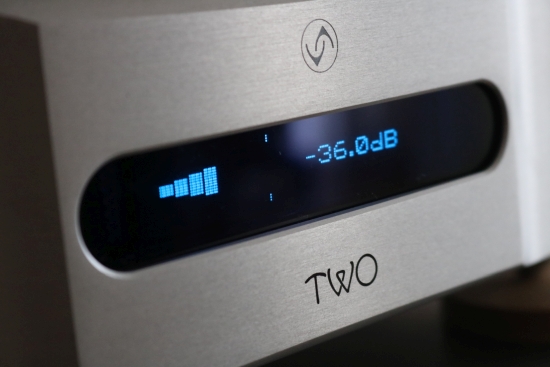
TWO Universal Control Center
The TWO was initially created on the platform of the Audio Aero “LaFontaine”, further developed and drastically improved. The Vermeer team opted for the “LaFontaine” rather than the “LaSource” because the former contained the most recent technological developments. Vermeer refers to the TWO as a “Universal Control Center” because it is a three-in-one product: an analog preamp, a network renderer, and a DAC. It can be at the heart of multi-source analog/digital systems and it can function as the integrated front end of a minimalistic system with the addition of only a server and active speakers.
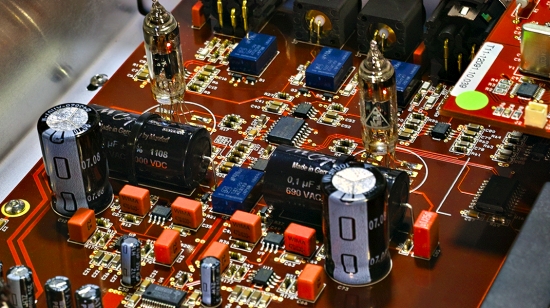
Equipped with a tube output stage with volume and balance control, the TWO can be connected directly to a power amplifier. Importantly, analog input signals remain 100% analog. The volume is controlled in the analog domain via a very high-quality attenuation ladder. If desired, the volume control can be bypassed and its output set to a fixed 2, 3 or 4 Volts. For the tube stage, Vermeer selected the sub-miniature NOS dual triode 6021 which are cryogenically treated and then directly soldered on the PCB board for perfect contact.
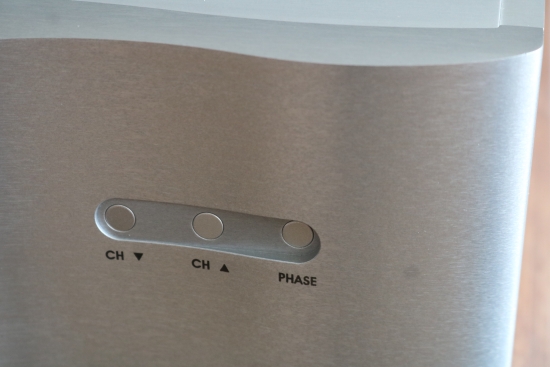
The unit has a simple but sophisticated look with a centrally-placed VFD display graced by three buttons on either side. The sloping front panel makes that the buttons are recessed at varying depths which makes the deepest ones somewhat tricky to depress.
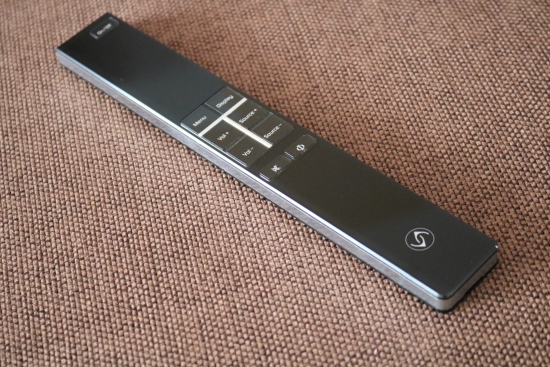
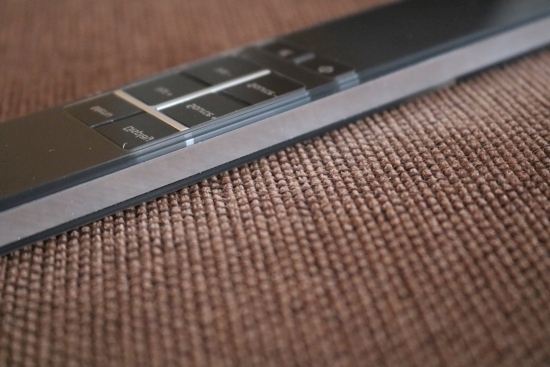
Not that you’d use these buttons very often, though, since the absolutely gorgeous remote control has buttons for all of the unit’s functionality. Most functions can also be operated from the unit’s front panel but switching to and from standby can only be done from the remote.
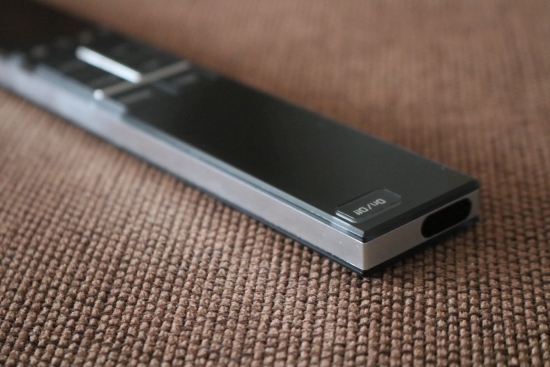
The remote control’s battery compartment lid is held in place by magnets, making for a seamless look and no possibility of it ever breaking.
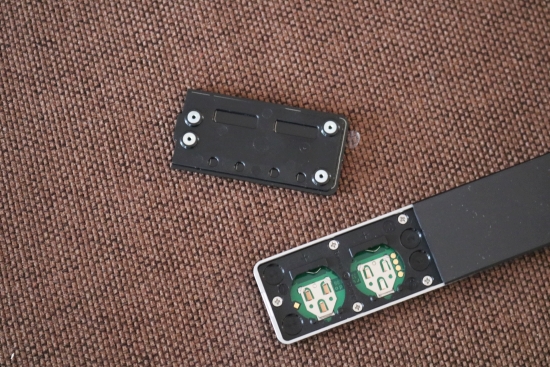
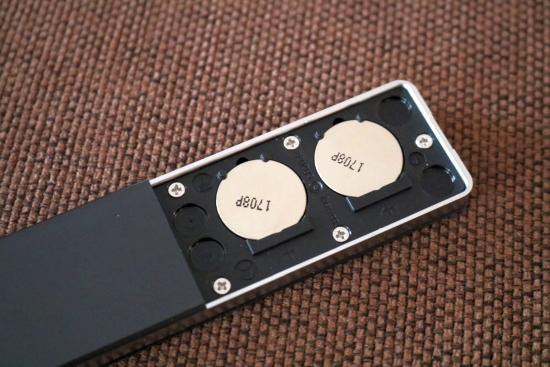
Three integral hard-material cones with a rounded tip guarantee wobble-free placement but the hard and slippery material (and the absence of rubber) takes away any friction which makes that the TWO is rather easily pushed off the Artesania Modular Floor Rack’s hard Tankwood upper surface. However, I can confirm that a hard coupling is sonically ideal for this device so it’s best not to use rubbery underlay materials.
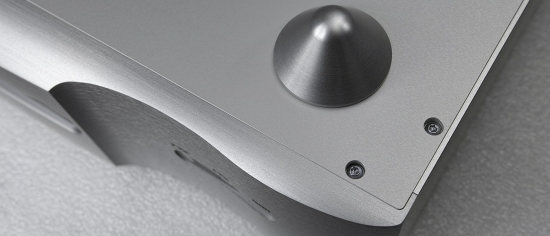
LAN Connectivity
Rather than adding a CD or SACD mechanism to the unit, Vermeer opted for a LAN board which is more in line with most people’s current requirements. Roon is on the roadmap but the development has been slowing down due to the Covid19 situation. Thus, for now, the LAN port allows UPnP connectivity only. But this does not mean that it cannot be used with Roon. A USB-connected Roon server will see the TWO as a USB DAC without any problems. The limitation is currently only for the network renderer functionality.
While the current absence of RoonReady renderer functionality may be seen as a limitation, I have found that UPnP (and SqeezeLite or MPD) actually have certain advantages over Roon in terms of sound quality. In short: they both sound tighter and snappier, see the Aqua LinQ review for all the specifics. While Roon is the undisputed industry standard in terms of user convenience and RoonReady can also sound very good depending on the implementation in the chosen hardware, I often use Roon in tandem with HQPlayer to get the best of both worlds. The single snag is that this requires that the streaming endpoint is also HQP-compatible.
When HQP is not available and Roon is not an option then I prefer to use either UPnP with jRiver on a Windows computer-controlled via jRemote on an iPad or SqueezeServer+SqueezeLite on a dedicated Music Server and outputting the signal either via AES/EBU or USB, and controlled via iPeng on an iPad.
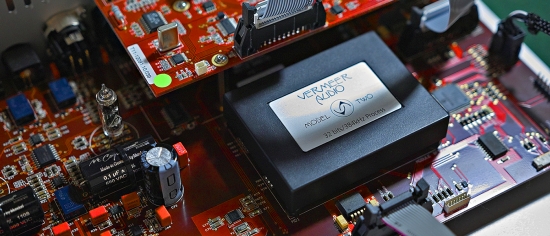
The DAC inside the TWO is no ordinary OEM-chip but what Vermeer calls the 32/384 Vermeer Audio Re-sampling module. This concerns a further evolution of the S.T.A.R.S Module used previously which was, in turn, an evolution of the original Anagram technology which also used in certain Audiomeca products, such as the Enkianthus DAC that I owned and liked a lot. The Re-sampling module handles all-digital signal processing at 32 bit 384 kHz combined with an ultra-low jitter clock design based around a high-grade natural quartz crystal resulting in less than 1µs of RMS Jitter. The DAC handles up to 24/192kHz PCM via USB or any of its other traditional digital inputs and DoP DSD 64/2.8Mhz via the USB input. When using the LAN port, PCM Data is supported up to 32/384 kHz and DSD up to 11.28 Mhz.
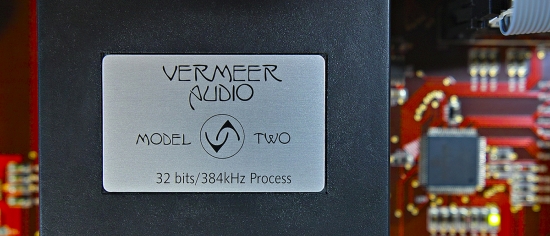
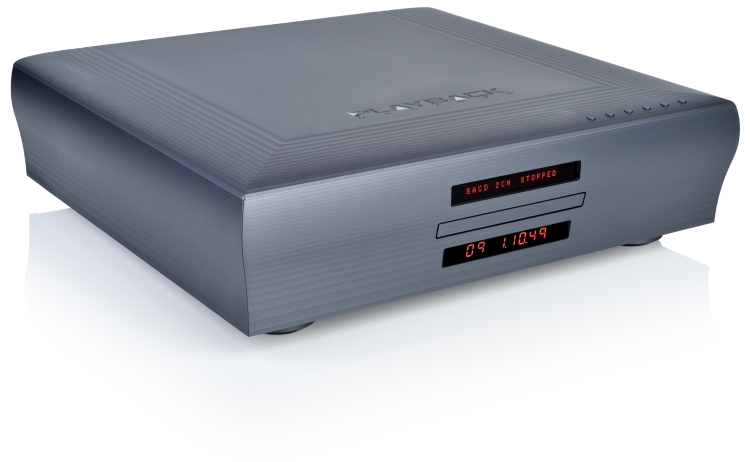

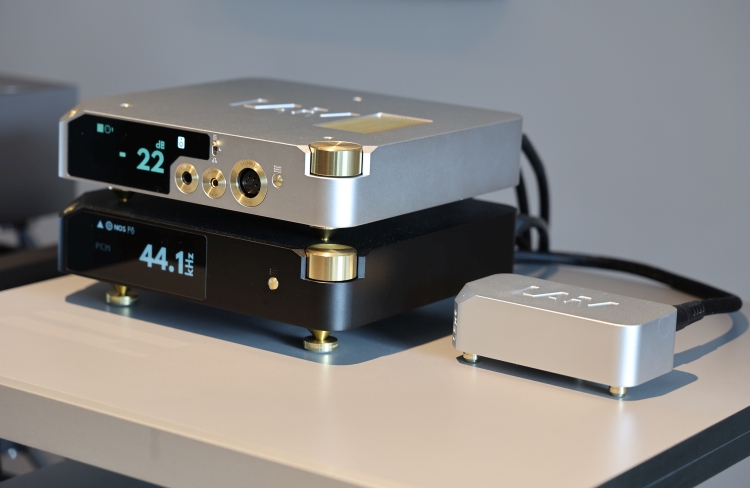





Very, very detailed and interesting review!
One of the very few that are focused on the very important issue of digital inputs.
(USB, Ethernet and analog)
I am exactly convinced (as I understand from your excellent writing) that the digital architecture of an “all in one” device, when built and studied at the highest level, leads to results above (almost) everything and not only because the “old dogma” (less is more) remains a dogma. Cables, connectors and above all the generation of “Clock” (and jitter) could mean something when in fact, they can (almost) not be around anymore.
Recently I asked some questions to TOP manufacturers like “MSB” and “Bricasti Design” and “Simaudio-Moon” about it but for now the answer has been “generic” (even when buying a MSB DAC you have the possibility to buy “optional modules”: streamer or USB plus? ) and is summed up with … “Ethernet is better”.
Thanks, Luca.
Hi Luca,
The trouble is that the success of any interface input is reliant on the quality of the interface output on the other end, and vice versa. I think this is where much of the controversy on the subject stems from, and also, why many manufacturers just decide to offer all of them in an effort to bet on all horses. Ethernet has some inherent advantages for which one could consider it the best protocol but there is still variance. In spite of the specs as well as popular thinking, it seems that this kind of connection is also not immune to noise and other parasitic influences. Otherwise, why do audiophile switches and ethernet cables have an audible effect?
USB and AES/EBU or S/PDIF have their own inherent benefits as well as potential issues, and so, depending on the circumstances, people can prefer Ethernet or any other format. I always advise to try your options and simply stick with what works best!
Christiaan, I totally agree with you;
we must always try in our system the “effect” of inserting a new device including obviously “how it is connected”.
Investigating more in depth, however – with the same “quality of design and so on” – could one “way” rather than “another way” be better anyway?
I mean: from your excellent test, in the system you used, you had clear “preferences” and, all the designers I spoke to -by email- tell me that Ethernet is “preferable” anyway, as you wrote more or less and, it does not seem a coincidence.
Where do I want to go?
Perhaps that “less is more” where a Steamer / DAC architecture in a single frame …
Greetings and great listening!
Hi Luca, for me, both Ethernet and AES/EBU lead to the most consistent results. I do ultimately prefer AES/EBU but in this case, Ethernet worked beautifully, partially indeed thanks to the well-integrated streamer component. Less is more is not sacred but in terms of cost/performance, you can’t beat an all-in-one, especially when the streamer and DAC are well-interfaced and well-implemented.
It’ok. Almost obvious.
I was referring to the USB connection anyway.
(However more “difficult” to “treat”)
Bye.
Indeed, you asked about USB versus Streaming in relation to the MSB DAC and asked me what my preference is. From my personal experiences, I prefer AES/EBU and Ethernet over USB. Most of the time, USB leads to a presentation that I feel sounds more mechanical and less involving than the other two. A more thorough description can be read in the Antipodes K50 and Aqua LinQ reviews.
Yeah. 😉
Did I read understand that right that the tubes are soldered directly to the board??? This isnt a cheap preamp and for a basic tube change I would have to take it to a qualified tech or at least someone that can solder. You should try an Innuos Phoenix USB interface, it seriously will make you rethink USB…I use a Phoenix with excellent results. Great reviews by the way.
They are soldered indeed… but they have an incredibly long lifetime. And they are not like normal tubes, these ones are miniature and they have long, flexible legs, like those on LEDs or through-hole Capacitors. So if they need to be replaced, it’s not difficult, provided they are still in stock. Innuos Phoenix USB interface, noted!